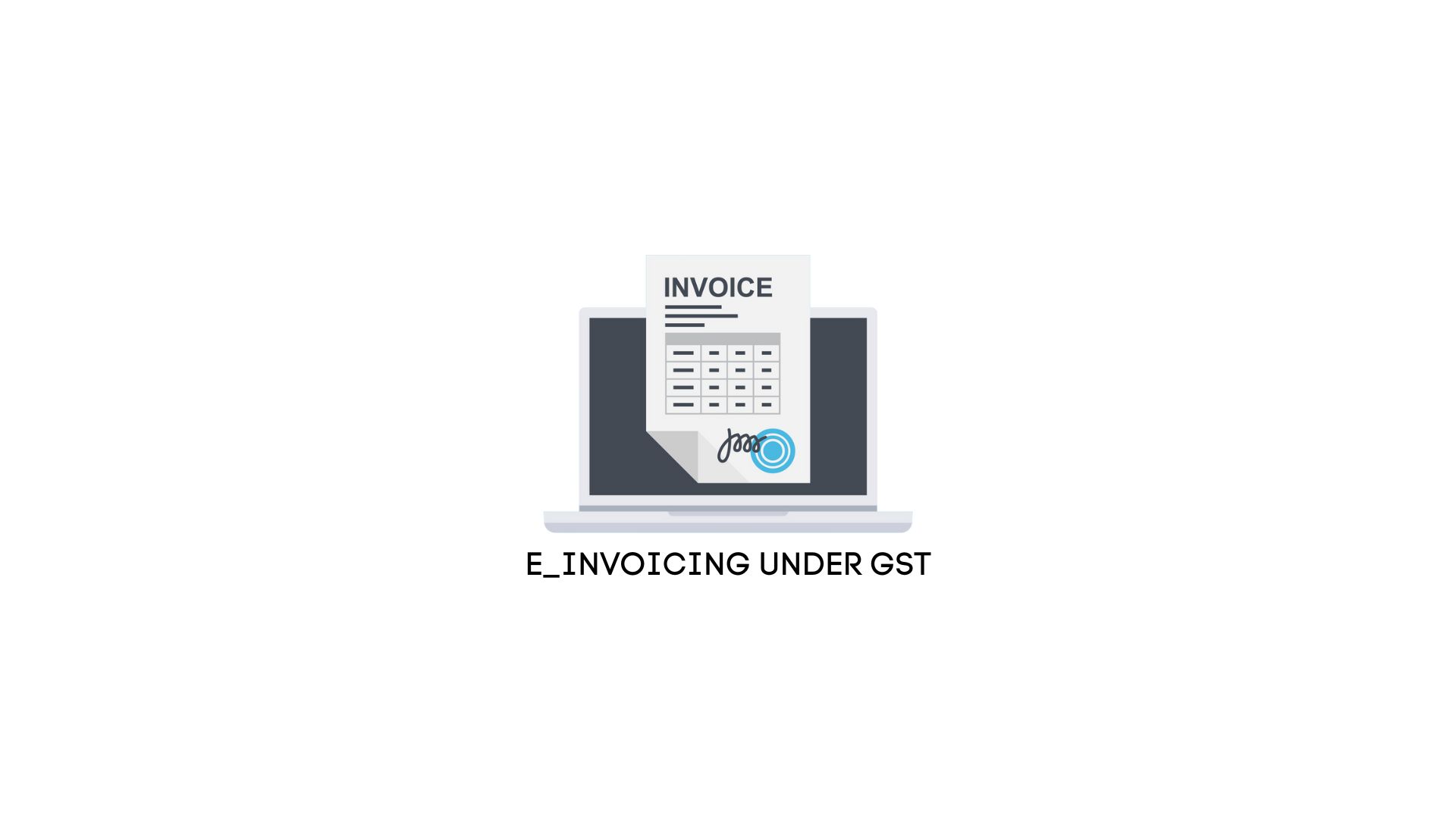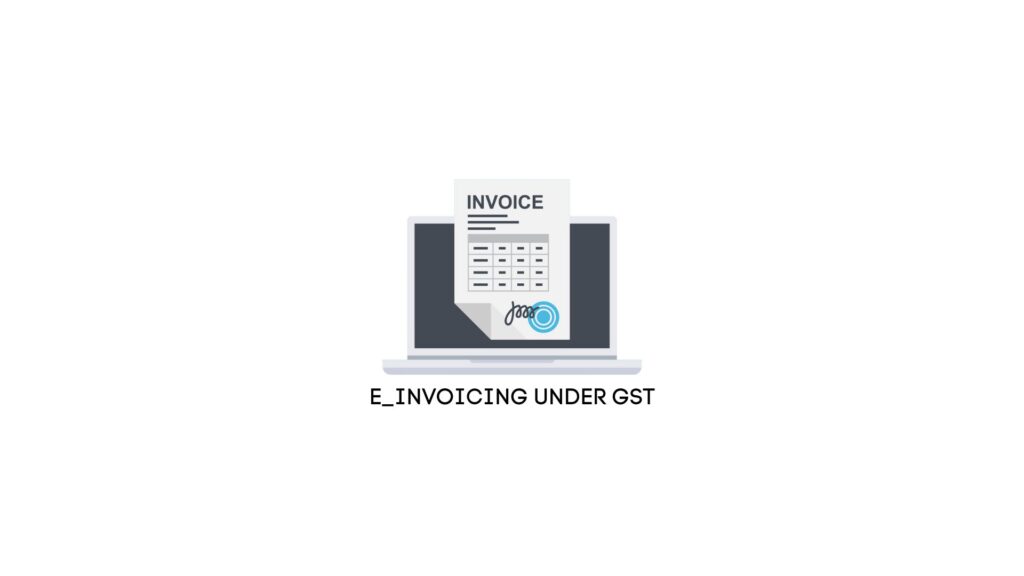
12 Apr E-Invoicing Under GST

E-invoicing within the GST framework refers to the electronic authentication of invoices as outlined by GST regulations. It’s akin to how GST-registered businesses utilize e-way bills for transporting goods. Likewise, specific GST-registered entities are required to produce e-invoices for their Business-to-Business (B2B) transactions.
What is e-invoicing under GST?
- E-invoicing, or electronic invoicing, refers to a system where B2B invoices and certain other documents are electronically authenticated by GSTN for further use on the common GST portal.
- The GST Council decided to implement e-invoicing in its 35th meeting, initially covering specific categories of mostly large enterprises, which later expanded to include mid-sized and small businesses.
Who must generate e-invoice and its Applicability?
- E-invoicing applies based on turnover criteria or e-invoice limits set by phases.
- Taxpayers exceeding specified turnover limits in any financial year from 2017-18 to 2021-22 must comply with e-invoicing from FY 2022-23 onwards.
- Certain notified businesses are exempt from e-invoicing, such as insurers, banking companies, and others as listed by CBIC notifications.
Transactions and documents criteria
- Tax invoices, credit notes, and debit notes under Section 34 of the CGST Act fall under e-invoicing applicability for specific transactions like B2B sales, exports, supplies to SEZ, etc.
Systems before & after e-invoicing
- Before e-invoicing, businesses manually uploaded invoice details for GSTR-1 returns and generated e-way bills.
- With e-invoicing, invoice details are seamlessly transferred to GST portal and e-way bill portal, reducing manual data entry.
Time limit to generate e-Invoice
- Until 30th April 2023, no time limit was set for e-invoice generation. From 1st May 2023 onwards, taxpayers with AATO equal to or more than INR 100 crore must generate e-invoices within 7 days of the invoice date.
Process of getting an e-invoice
- Taxpayers can generate e-invoices by using reconfigured ERP systems, direct API integration, or bulk upload tools.
- Mandatory details such as supplier information, recipient details, invoice items, and document totals are required for e-invoice generation.
Benefits of e-Invoicing to businesses
- E-invoicing reduces data reconciliation errors, allows interoperability between software, enables real-time tracking of invoices, and automates GST return filing process.
- It also facilitates faster availability of genuine input tax credit, reduces audits/surveys, and improves access to credit routes for small businesses.
How can e-invoicing curb tax evasion?
- E-invoicing helps curb tax evasion by providing real-time access to transactions, reducing invoice manipulation, and preventing fake GST invoices.
What are the mandatory fields of an e-invoice?
- Mandatory fields in an e-invoice include document type code, supplier details, recipient information, document number, IRN, item description, HSN code, GST rate, and total invoice value.


No Comments